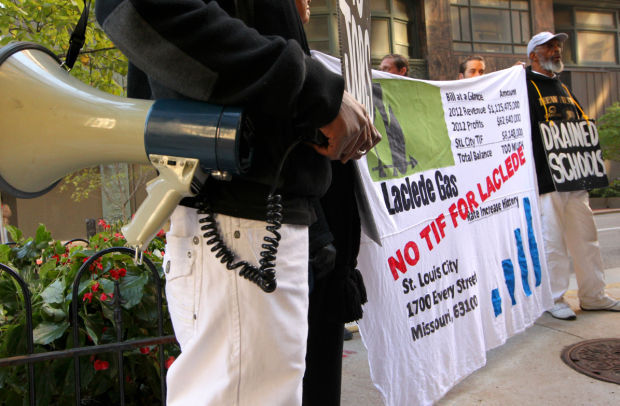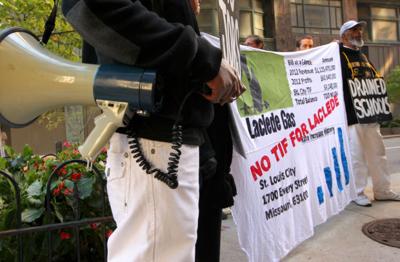For the first time, the city of Ó£ÌÒÊÓƵ annual financial report quantifies the value of property tax breaks designed to stimulate development, tallying up nearly $17 million in forgone revenue during the fiscal year ended June 30.
The report, , discloses the value of commonly used tax abatements in order to comply with new government accounting standards.
Tax abatements are allowed by state law and, in Ó£ÌÒÊÓƵ, commonly offered as an incentive to developers. They freeze real estate values at the current level, typically for 10 years, so developers don’t have pay property taxes on the value of improvements to the property.
The $17 million in forgone property tax revenue includes taxes that would have gone to other taxing jurisdictions, such as Ó£ÌÒÊÓƵ Public Schools, not just the city of Ó£ÌÒÊÓƵ, according to the comptroller’s office.
People are also reading…
Ó£ÌÒÊÓƵ takes in about 19 percent of total property tax receipts. The bulk goes to the school district, which collects about 61 percent of property taxes in Ó£ÌÒÊÓƵ.
Ó£ÌÒÊÓƵ municipal operations, therefore, did not receive about $3.3 million in property taxes that property owners would have paid last fiscal year absent the incentives. The school district missed out on about $10.3 million. The remainder would have gone to other tax-supported entities, such as the Zoo-Museum District, the Ó£ÌÒÊÓƵ Public Library and the Metropolitan Ó£ÌÒÊÓƵ Sewer District.
For the city, the forgone revenue is a drop in the bucket of . And economic development , potentially attracting new residents who also pay city sales taxes and earnings taxes to make up for the property tax break.
The breaks have far more impact on the school district, which has no control over them and relies much more heavily on property taxes than on sales or earnings taxes.
Ó£ÌÒÊÓƵ County, , said they reduced its revenues by about $1.3 million in 2016. That includes abatements enacted by municipalities outside of the control of Ó£ÌÒÊÓƵ County. The county, however, only collects about 5 percent of property taxes on average, so the total value of tax abatements is likely closer to $26 million in the county, with the impacts split among municipalities, school districts and other taxing jurisdictions.
The abatements and a similar incentive, tax increment financing (TIFs), as Ó£ÌÒÊÓƵ struggles to shore up its budget and works to rebuild population by retaining families who worry about the quality of public schools. In Ó£ÌÒÊÓƵ County, to retailers as the nearly 100 cities compete among each other for sales tax revenue.
Tax increment financing has a larger direct impact on Ó£ÌÒÊÓƵ’ budget because in addition to property taxes, it diverts increases in sales and earnings taxes to help finance development projects. The city paid down $21.4 million in outstanding TIF obligations last year, according to its financial report.
The county only breaks out financials for the TIF obligations it issues, and it’s not immediately clear how much revenue was diverted due to county municipalities enacting TIF districts. , the region’s planning body, estimated Ó£ÌÒÊÓƵ County and its cities had diverted $728.6 million to TIFs from 1986 through 2014, or about $25 million per year. Another $803.6 million in TIF obligations remained outstanding in the county then.
The annual tax abatement findings for Ó£ÌÒÊÓƵ are largely in line with . It found Ó£ÌÒÊÓƵ taxing jurisdictions had missed out on about $307.5 million in tax abatements from 2000 through 2014 and $401.6 million in TIF in that time frame. East-West Gateway estimated the city had another $1.43 billion in future TIF commitments as of 2014.
Ó£ÌÒÊÓƵ has begun taking steps to reduce the amount of incentives it offers. , often opting to abate only a portion of the property in order to immediately boost revenue in the near term.










